Saving a Rare Plant and Rescuing a River
The fate of southern Arizona’s embattled San Pedro River could hinge on whether the government acts to protect the nearly extinct Arizona eryngo—and in doing so puts the brakes on groundwater pumping that’s draining the landscape.
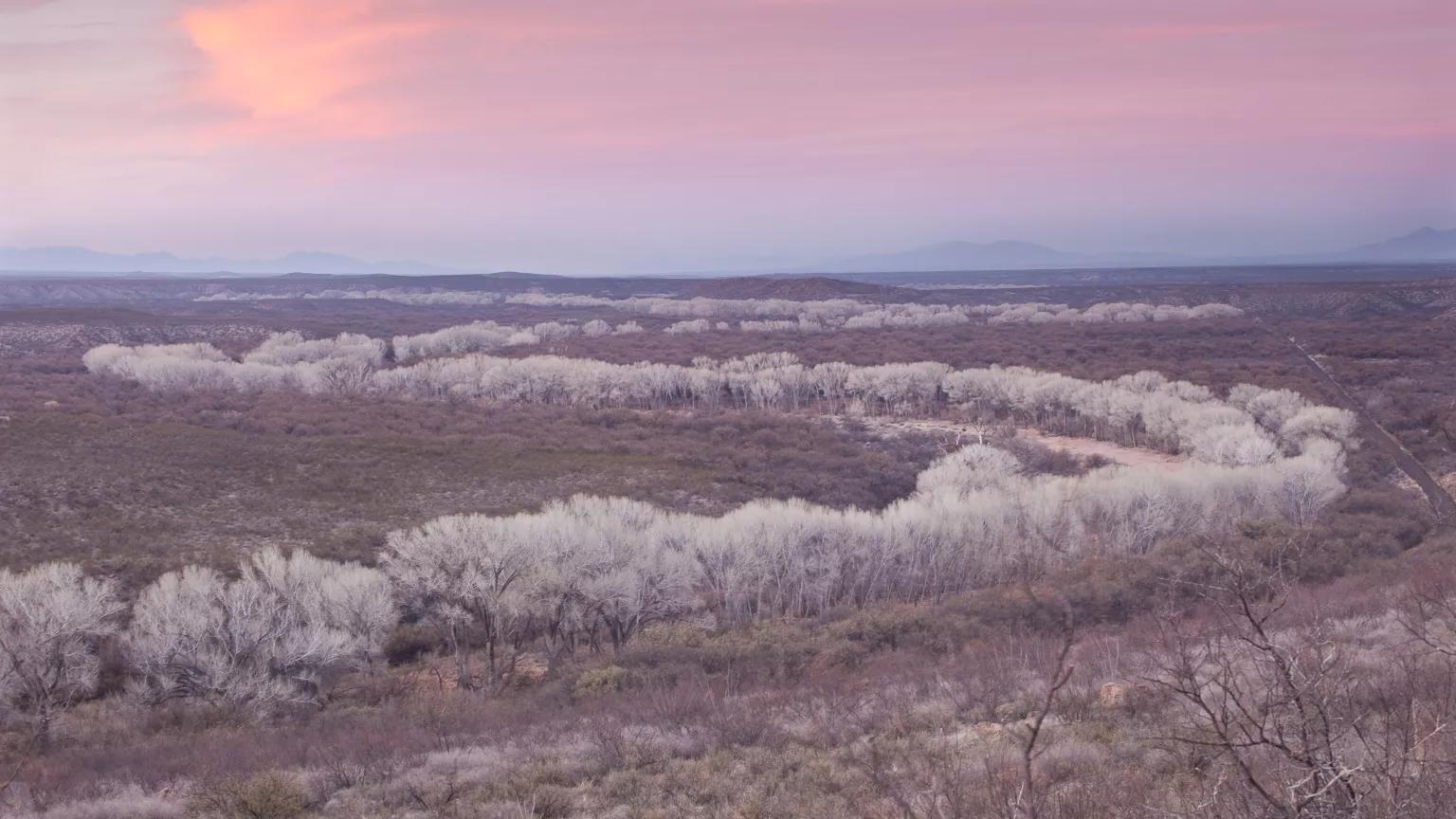
The San Pedro River winds through Cochise County, Arizona.
Bob Wick/Bureau of Land Management California
In a hushed corner of southern Arizona, sunlight glints off an emerald-colored plant with resplendent helmetlike flowers and the stature of a spindly adolescent. Called the Arizona eryngo, it’s a member of the carrot family that can top five feet in height and feeds pollinators ranging from hummingbirds to honeybees. It’s also among the rarest plants on earth, clinging to existence in two precarious Arizona wetlands known as ciénagas. One of those ciénagas is here on the edge of the San Pedro River, a waterway that’s also fighting for its life. As the impacts of climate change, groundwater depletion, and ranching reshape the landscape, the fate of the eryngo and that of its riverine home are profoundly intertwined.
In turn, the quest to save the plant might also rescue the embattled river. That’s the thinking behind a push by environmental groups to have the eryngo listed under the Endangered Species Act. After the U.S. Fish and Wildlife Service failed to consider a petition to protect the plant by the Tucson-based Center for Biological Diversity and the Maricopa Audubon Society, the groups announced plans to sue. The intent is to protect the plant’s critical habitat, too, by scaling back the pumping of groundwater that’s drying out the landscape and by reversing what the groups called the U.S. Bureau of Land Management’s (BLM) “chronic failure to control trespass cattle” that pummel the San Pedro’s banks and sully the water.
The San Pedro is Arizona’s last free-flowing waterway and ranks among the Southwest’s most important bird migration corridors. Roughly 40 miles of the river fall within the 56,000-acre San Pedro Riparian National Conservation Area, where one can find more than 350 bird and 80 mammal species, including nearly 20 that are threatened or endangered. They range from the yellow-billed cuckoo and southwestern willow flycatcher to the tiny loach minnow, all dwelling beneath huge canopies of willows, cottonwoods, and mesquites. The river is also an important revenue source. Each year it draws some 20,000 visitors, most of them birders, who contribute nearly $300,000 to the local economy.
But even the San Pedro’s special status offers scant protection against urban sprawl. As the city of Sierra Vista edges ever closer, the water table feeding the river and ciénaga is already losing 5,000 acre-feet of water annually. (An acre-foot is enough water to serve two or three families for a year.)
Over-pumping has profoundly impacted the river; today, portions of the San Pedro no longer flow at all during certain times of the year, leaving dry, sandy stretches that can’t support bird or native plant life. The shrinking water table has also led to an increase in non-native vegetation such as aggressive and deep-rooted tamarisk trees, which have begun crowding out the San Pedro’s towering cottonwoods.
Unfortunately, the beleaguered San Pedro is not alone. Natural wetlands in arid reaches of New Mexico and Arizona have shrunk by 95 percent since the late 1800s due to the same mix of threats, with the depletion of river-sustaining groundwater the leading culprit. According to researchers at the University of Arizona and the Colorado School of Mines, over-pumping has reduced flows in many American rivers by half through the past century. For reference, that’s like skimming off enough water to cover all the western states—including most of California—in a foot of water. And the loss is not easily reversible: the same scientists note that groundwater aquifers take longer to recover from losses than do other freshwater sources.
In response, some states such as California and Arizona have passed sweeping groundwater protection laws. But there are gaps. Rather than recognizing that surface water and groundwater interact and connect in nature—collectively feeding our springs, streams, and the roots of many plants—Arizona manages these resources separately. That complicates efforts to protect rivers like the San Pedro. Texas has a patchwork of groundwater conservation districts overseen by the Texas Water Development Board, and water rights are based on the “rule of capture,” which says that landowners are entitled to capture any water beneath their property.
Such legal inconsistencies have sparked conflicts between cities and farmers, and even between states: In 2013 Texas filed suit against New Mexico, accusing its western neighbor of allowing excessive pumping in adjacent agricultural valleys. As a result, Texas claims, the Rio Grande is being drained before it reaches the Texas–New Mexico line.
These skirmishes point out the need to change how we look at water, notes Kate Poole, senior director of NRDC’s water division. Groundwater has long been “an out-of-sight, out-of-mind resource,” she says. “People don’t see it in terms of sustainability.”
But that may be evolving. In California, groundwater pumping to supply the agriculture industry and new housing development has drastically reduced stream and river flows. That prompted NRDC attorneys to participate in a case that led to a pivotal state court ruling. On August 29, 2018, the Third District Appellate Court held that the public trust doctrine applies to groundwater pumping whenever navigable waterways are adversely impacted and may cause pumping to be limited. (The U.S. Army Corps of Engineers defines navigable waterways as “those waters that are subject to the ebb and flow of the tide and/or are presently used, or have been used in the past, or may be susceptible for use to transport interstate or foreign commerce.”) While the case concerned the Scott River, a tributary of the Klamath and California’s most important river for wild coho salmon, its implications went much farther. “I think that decision recognized that all aspects of the water system need to be protected,” Poole says.
A similar test may be pending with this latest suit concerning the Arizona eryngo, which could also lead to limits on groundwater pumping, says Center for Biological Diversity cofounder Robin Silver. “The bottom line is that we're doing everything we can to try to keep the San Pedro alive. But groundwater pumping in the Sierra Vista area continues to increase, and that’s the elephant in the room. Everything else they’re doing is just a Band-Aid.”
It wasn’t supposed to be this way. As the San Pedro Riparian National Conservation Area took shape in the 1980s, longtime southern Arizona activist Michael Gregory was appointed by the state’s then-governor, Bruce Babbitt, to help write the enabling legislation. The measure was signed by President Ronald Reagan in 1988.
Three decades later, the preserve is under siege. It is administered by the BLM, which not only fails to control trespassing cattle but even allows grazing on parts of the refuge, sparking an outcry from local advocates, including Gregory. To him, this violates the spirit of the law he helped write, which aimed to minimize commercial use of this particular landscape. When the San Pedro Conservation Area was created, Congress proclaimed “that thou shalt not treat this like all the other BLM land,” Gregory says. “This is not a multiple-use area. This was set aside for conservation only. But the Trump BLM is basically trashing that, and cattle grazing is one of the ways they’re doing it.”
Bureau spokeswoman June Lowery concedes that cattle are allowed to graze on more than 7,000 acres within the conservation area. But she says that’s because their impact has never been analyzed, a process her agency plans to undertake. Has pressure from the administration played a role in continued grazing? “Not to my knowledge,” Lowery says. “The only thing we were told was that we needed to honor our commitment to analyze the grazing.”
Amid it all, the lovely Arizona eryngo lingers on the edge of extinction. Yue Li, a research scientist with the University of Arizona and the Arizona–Sonora Desert Museum, has studied the plant extensively. “The eryngo is unique in that it occupies only the toughest wetlands,” he says. “But it is also among the most vulnerable because the water tables are already on the margins. So the decline of the eryngo indicates that a certain type of wetland is disappearing. We know that’s happening over the entire Southwest because of what we’ve been doing—pumping water for our own needs.”
Still, Li isn’t convinced that listing the eryngo as endangered is the answer. He fears it might simply pit everyone with a stake in the river against one other, without ensuring the plant’s survival. “What we really need,” he says, “is the political will to restore this population.”
And the resolve to save its river home as well.
This NRDC.org story is available for online republication by news media outlets or nonprofits under these conditions: The writer(s) must be credited with a byline; you must note prominently that the story was originally published by NRDC.org and link to the original; the story cannot be edited (beyond simple things such as grammar); you can’t resell the story in any form or grant republishing rights to other outlets; you can’t republish our material wholesale or automatically—you need to select stories individually; you can’t republish the photos or graphics on our site without specific permission; you should drop us a note to let us know when you’ve used one of our stories.

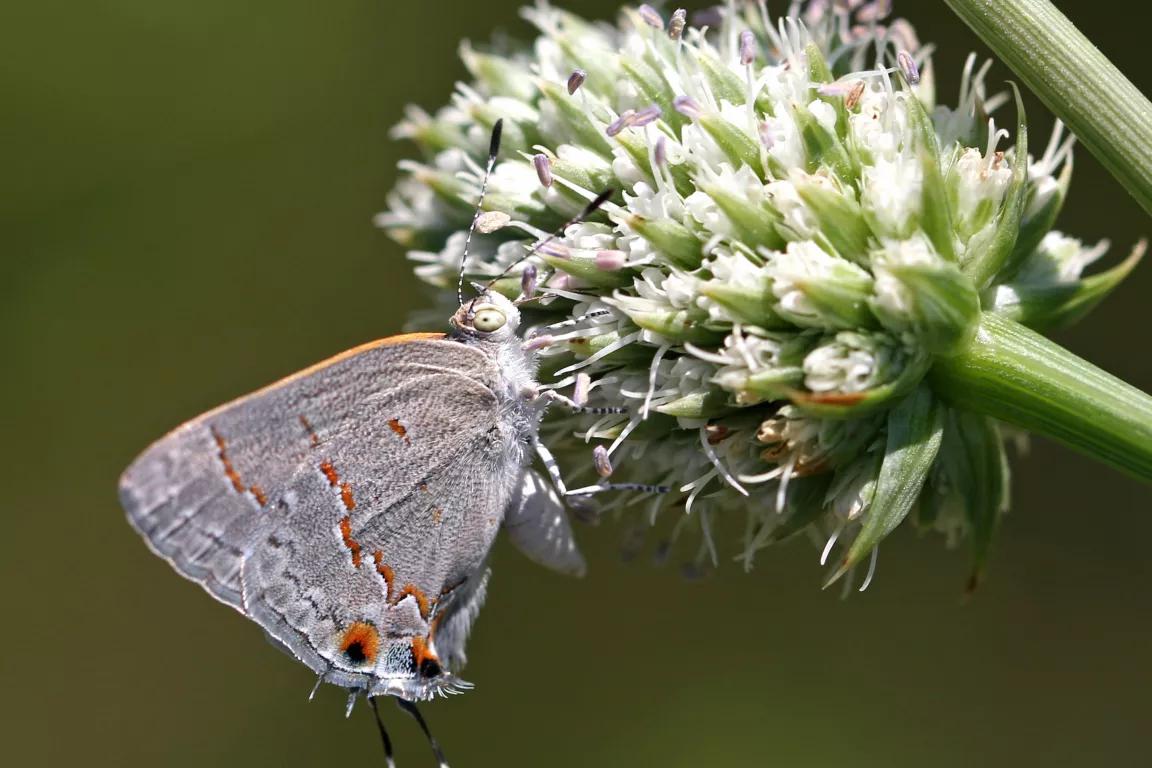
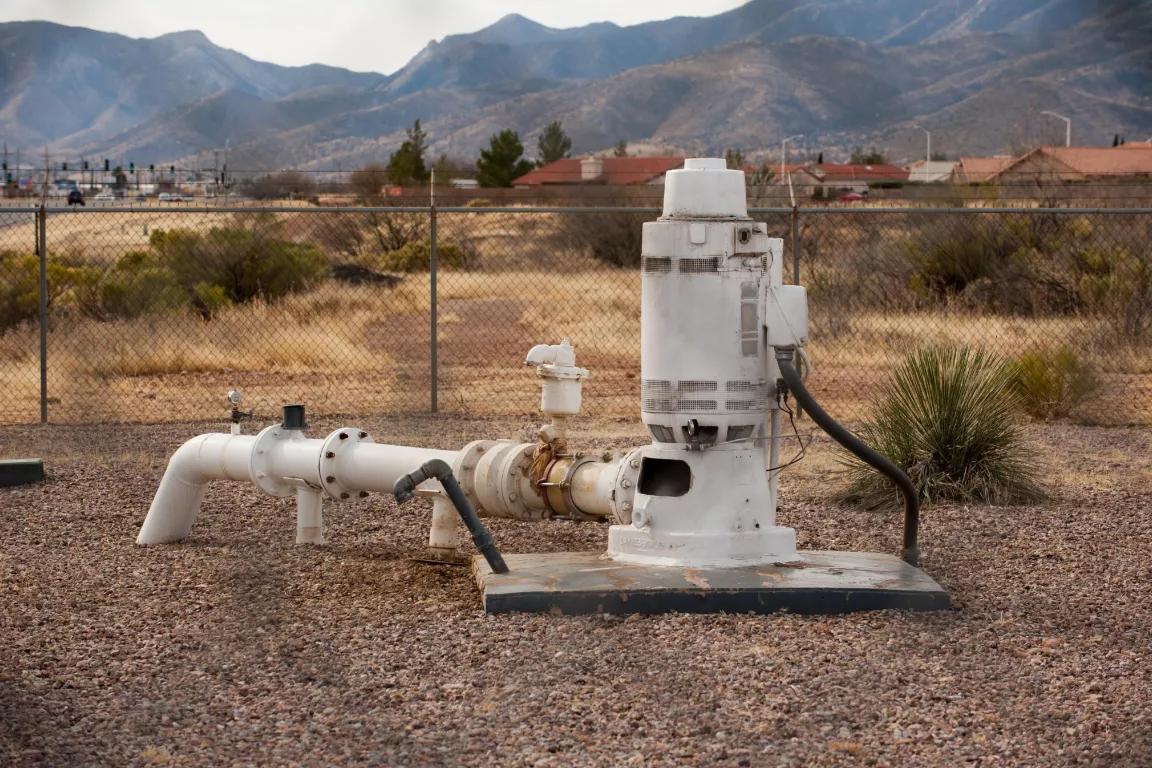
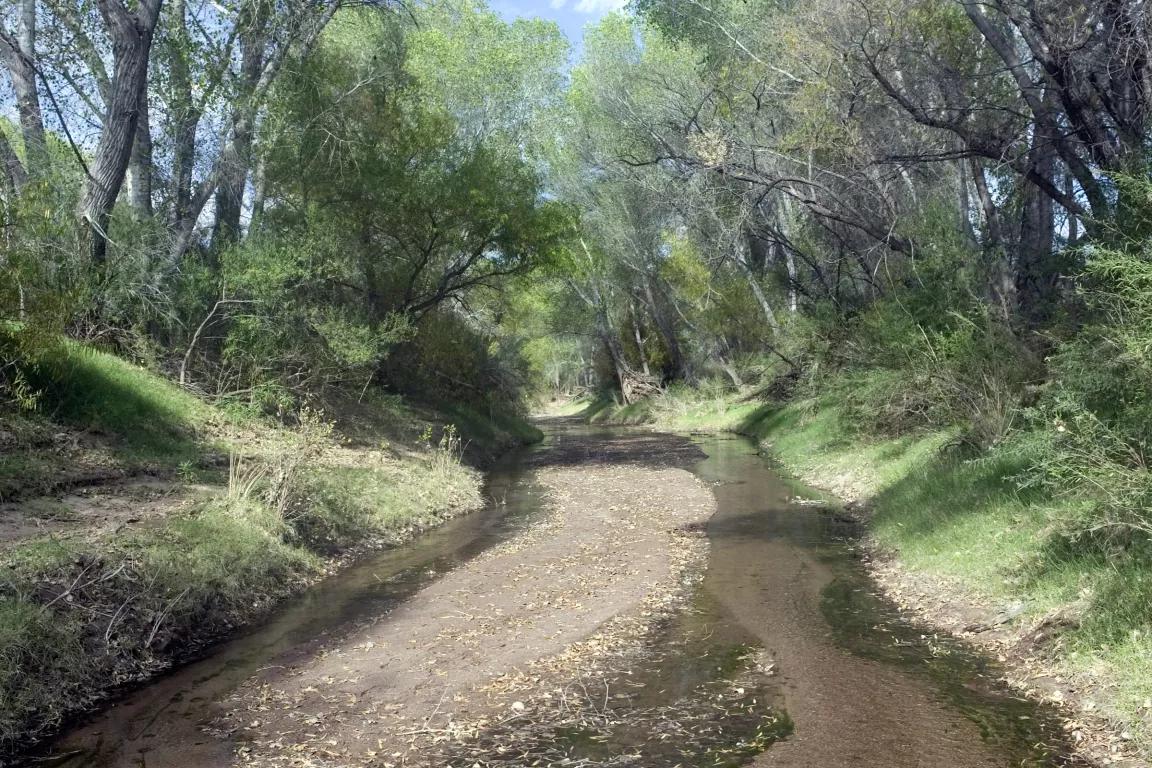
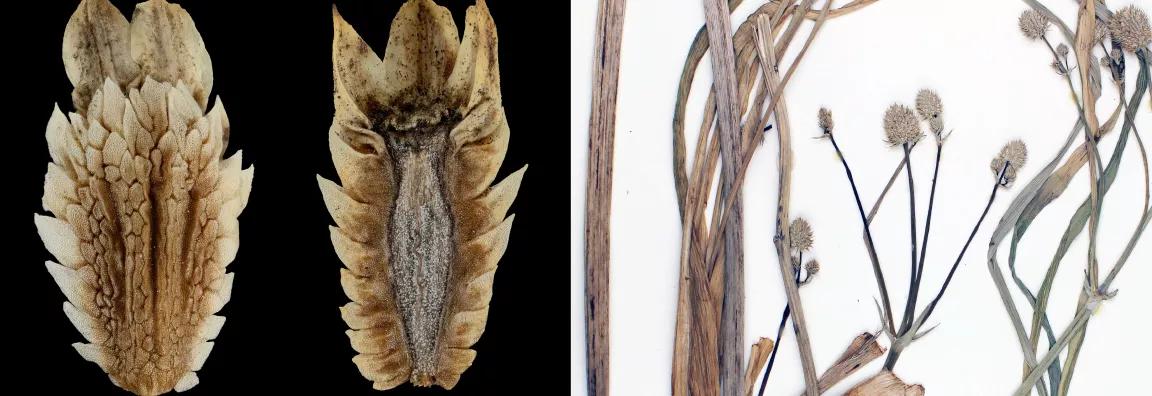
Protecting Biodiversity Means Saving the Bogs (and Peatlands, Swamps, Marshes, Fens…)
When You Poison Our Lands, You Poison Us
Water Is Life—from Standing Rock to Oaxaca’s Mixtecan Highlands